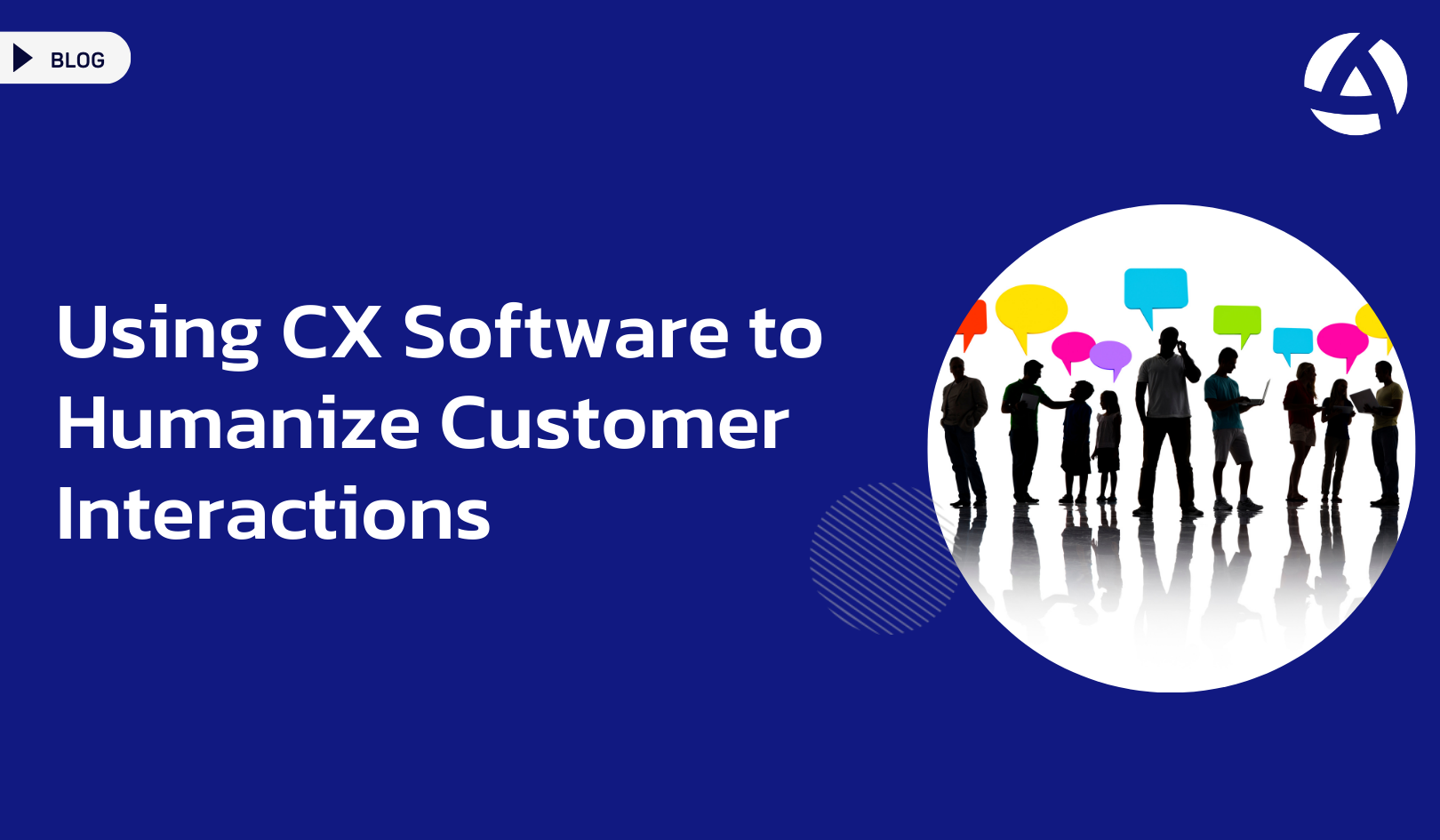In today’s digital landscape, where customer expectations are at an all-time high, businesses must prioritize empathy in their interactions. Empathy is the cornerstone of exceptional customer experiences, fostering trust, loyalty, and satisfaction. However, as businesses grow and customer bases expand, maintaining a personal touch can become increasingly challenging. This is where CX (Customer Experience) software emerges as a game-changer, empowering organizations to scale empathy effectively.
Understanding the Importance of Empathy in CX
Empathy involves understanding and sharing the feelings of others. In the realm of customer experience, it means truly comprehending the needs, frustrations, and aspirations of individual customers. When customers feel understood and valued, they are more likely to develop a strong connection with a brand, leading to increased loyalty and advocacy.
The Role of CX Software in Humanizing Interactions
CX software acts as a catalyst in humanizing customer interactions by providing valuable insights, facilitating meaningful engagements, and streamlining processes. Here’s how it achieves this:
1. Comprehensive Customer Data Analysis
CX software aggregates and analyzes vast amounts of customer data, offering businesses deep insights into customer behavior, preferences, and pain points. By understanding customers on a granular level, organizations can tailor interactions to meet their specific needs and expectations.
2. Personalized Communication
Personalization is key to fostering empathy in customer interactions. Customer experience software enables businesses to deliver personalized communications across various touchpoints, addressing customers by name, offering relevant recommendations, and acknowledging their past interactions. This personalized approach makes customers feel valued and understood.
3. Omnichannel Engagement
In today’s omnichannel world, customers expect seamless experiences across all platforms and devices. CX software enables businesses to orchestrate consistent and cohesive interactions across multiple channels, ensuring that customers receive the same level of care and attention regardless of how they choose to engage.
In our exploration of omnichannel engagement, it’s crucial to stay informed about the latest industry trends. For a comprehensive understanding, consider diving into “The State of Omnichannel Customer Experience 2023” report, which offers valuable insights into the evolving landscape of customer engagement across multiple channels.
4. Proactive Issue Resolution
Empathetic customer service involves not only addressing existing concerns but also anticipating future needs and proactively resolving issues before they escalate. CX software empowers businesses to identify potential pain points in real-time, enabling them to take proactive measures to mitigate risks and delight customers.
Implementing CX Software for Empathy at Scale
To effectively scale empathy using CX software, businesses must:
- Invest in the Right Solution: Choose a customer experience software solution that aligns with your business objectives and integrates seamlessly with your existing systems.
- Train Your Team: Empower your frontline staff with the necessary training and resources to leverage CX software effectively and deliver empathetic customer experiences.
- Continuously Iterate: Customer preferences and expectations evolve over time, so it’s essential to regularly review and refine your CX strategies based on feedback and data insights.
Conclusion
In a world where technology often seems to drive a wedge between businesses and their customers, CX software emerges as a powerful tool for bridging the gap and fostering genuine connections. By harnessing the capabilities of CX software to scale empathy, businesses can elevate their customer experience initiatives to new heights, driving loyalty, advocacy, and sustainable growth.
Incorporating a customer experience into your customer experience strategy isn’t just about improving efficiency—it’s about putting empathy at the heart of everything you do.
We, Alterna CX, believe that incorporating CX software into your customer experience strategy isn’t just about improving efficiency—it’s about putting empathy at the heart of everything you do.
Remember, empathy isn’t just a buzzword—it’s the secret ingredient that transforms ordinary interactions into extraordinary experiences.




